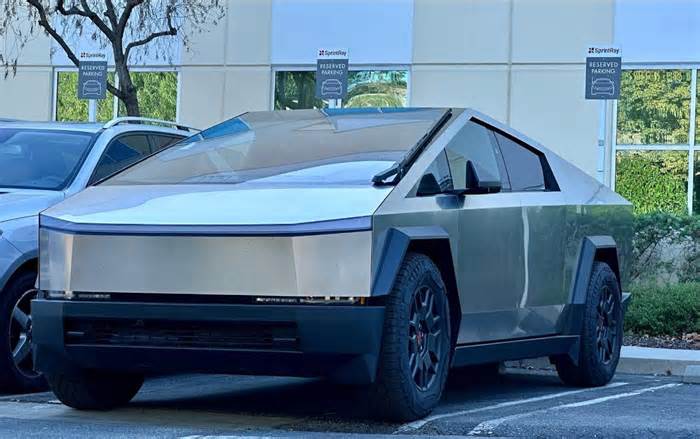
Anuvu sees MicroGEO launch before year-end, hones HEO plan
- by Runway Girl
- Nov 25, 2024
- 0 Comments
- 0 Likes Flag 0 Of 5

Pigott explained Anuvu’s reasoning to RGN:
We see the LEO constellations all developing, all great, and hey if they all meet all their requirements, we don’t need anything else right? … But we also see gaps and the gaps are national jurisdiction gaps… We see Russia, China, we see country-specific items and national jurisdictions that are going to come into play and so we looked at the market and we said, ‘okay, we could populate these with GEOs, we could populate these with MicroGEOs, we could populate these with third parties.’ But then we started to explore and we said, ‘you know what, we do want lower latency if we can get it so what is a solution out there?’
We found D-Orbit and D-Orbit is a great, innovative company, very well established in Italy, getting their establishment in the United States, so they’ve raised over $100 million in Italy recently, have a proven launch record, proven equipment, but also very cutting edge and innovative, very New Space… And so D-Orbit USA, we have been in talks with them to say, ‘hey what could we do?’
And if you look at D-Orbit USA’s team, they’re ex-SpaceX people, some ex-Project Loon people, some good pedigree people on the cutting edge of innovation. And so we saw, and said, ‘what can we do together that really is groundbreaking?’ And that’s a HEO constellation.
And the very simple explanation is one rocket, one launch, 16 satellites, full coverage over aviation air routes. Is it going to be performance that matches Telesat Lightspeed? Kuiper? Starlink? No, it’s not intended to, just like our MicroGEOs, it’s a layered item there…
So we thought, this is something we want to explore… this is something we want the market to know about because we want to get feedback on [whether] this is something customers are super interested in, how do they see the market.
It remains to be seen how Anuvu defines low-latency or how it will achieve such with HEO.
Staying in the game
Even with a reduced footprint in IFC (Anuvu’s anchor client Southwest is now also a Viasat customer and Air France is pivoting to SpaceX Starlink), the company insists it isn’t getting out of the IFC game and it doesn’t think it needs to take on the Starlinks of the world.
“We’re wondering whether Starlink and the other providers want to take on what it means to deliver to the airlines,” said Pigott.
In contrast to its prior regional IFC play, Anuvu’s strategy now is to be a global provider.
“We do want to be a global provider. We want to address the global airline industry and we see a layered approach as being needed, and we see customization of a service provider, integrator, to meet particular airline needs being very, very important. We see this market being very, very important. We see APEX being very important,” said the Anuvu executive.
“There’s a reason AT&T and Verizon are not at this show because you need to deliver to airlines customized personalized solutions and providers that are delivering to millions of customers, we find airlines get lost in the noise. And sometimes the ‘lost in the noise’ is not the network, sometimes it’s everything else, whether its a portal, whether it’s traffic management, whether it’s past management, whether it’s data analytics, all of those things, we think there’s a value proposition. And we want to use multiple resilient assets to deliver.”
Please first to comment
Related Post
Stay Connected
Tweets by elonmuskTo get the latest tweets please make sure you are logged in on X on this browser.
Sponsored
Popular Post
Middle-Aged Dentist Bought a Tesla Cybertruck, Now He Gets All the Attention He Wanted
32 ViewsNov 23 ,2024
Tesla: Buy This Dip, Energy Growth And Margin Recovery Are Vastly Underappreciated
28 ViewsJul 29 ,2024






 Energy
Energy



















